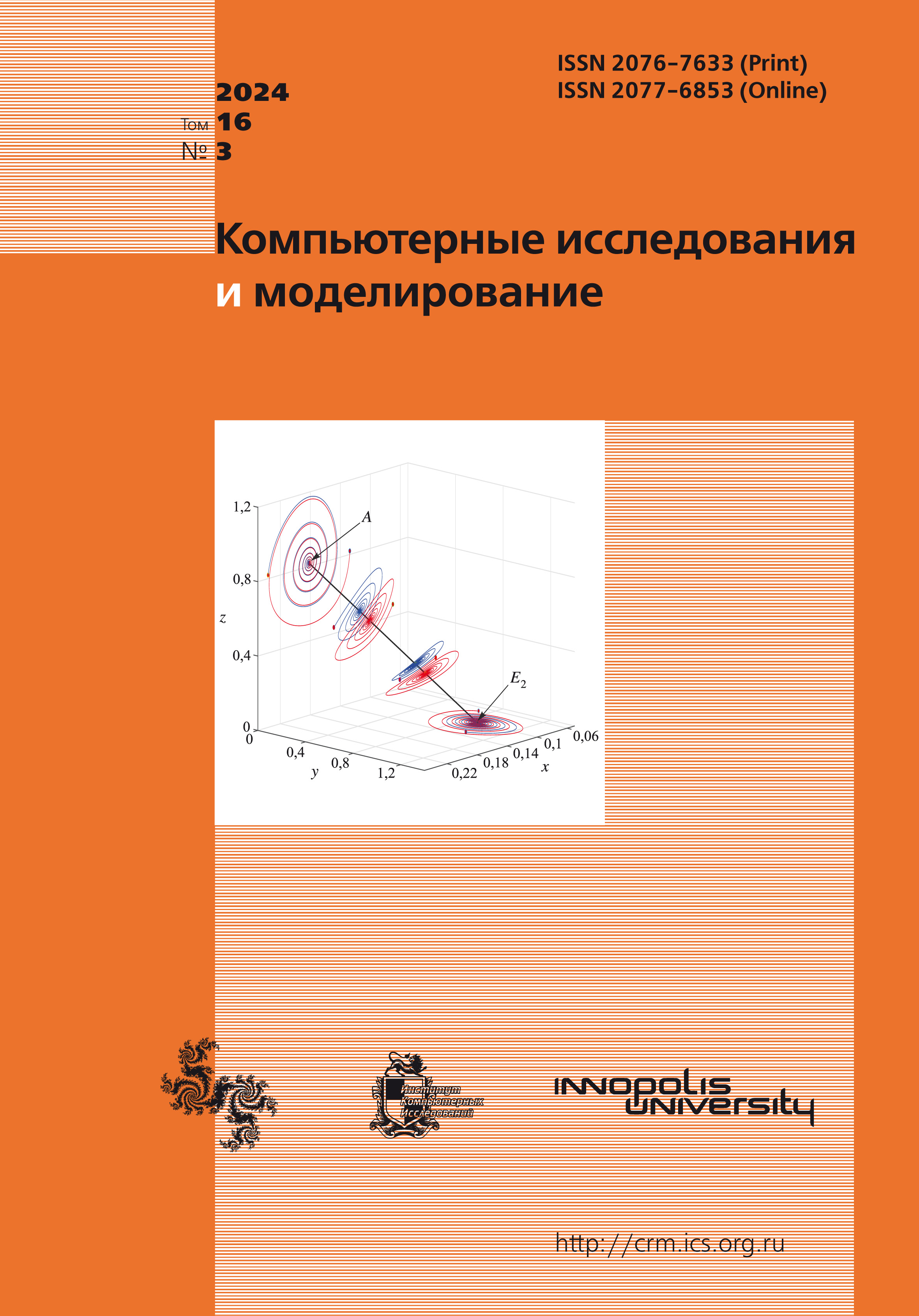All issues
- 2025 Vol. 17
- 2024 Vol. 16
- 2023 Vol. 15
- 2022 Vol. 14
- 2021 Vol. 13
- 2020 Vol. 12
- 2019 Vol. 11
- 2018 Vol. 10
- 2017 Vol. 9
- 2016 Vol. 8
- 2015 Vol. 7
- 2014 Vol. 6
- 2013 Vol. 5
- 2012 Vol. 4
- 2011 Vol. 3
- 2010 Vol. 2
- 2009 Vol. 1
Modeling the dynamics of political positions: network density and the chances of minority
 pdf (419K)
pdf (419K)
In some cases, information warfare results in almost whole population accepting one of two contesting points of view and rejecting the other. In other cases, however, the “majority party” gets only a small advantage over the “minority party”. The relevant question is which network characteristics of a population contribute to the minority being able to maintain some significant numbers. Given that some societies are more connected than others, in the sense that they have a higher density of social ties, this question is specified as follows: how does the density of social ties affect the chances of a minority to maintain a significant number? Does a higher density contribute to a landslide victory of majority, or to resistance of minority? To address this issue, we consider information warfare between two parties, called the Left and the Right, in the population, which is represented as a network, the nodes of which are individuals, and the connections correspond to their acquaintance and describe mutual influence. At each of the discrete points in time, each individual decides which party to support based on their attitude, i. e. predisposition to the Left or Right party and taking into account the influence of his network ties. The influence means here that each tie sends a cue with a certain probability to the individual in question in favor of the party that themselves currently support. If the tie switches their party affiliation, they begin to agitate the individual in question for their “new” party. Such processes create dynamics, i. e. the process of changing the partisanship of individuals. The duration of the warfare is exogenously set, with the final time point roughly associated with the election day. The described model is numerically implemented on a scale-free network. Numerical experiments have been carried out for various values of network density. Because of the presence of stochastic elements in the model, 200 runs were conducted for each density value, for each of which the final number of supporters of each of the parties was calculated. It is found that with higher density, the chances increase that the winner will cover almost the entire population. Conversely, low network density contributes to the chances of a minority to maintain significant numbers.
Copyright © 2024 Petrov A.P., Podlipskaia O.G., Podlipskii O.K.
Indexed in Scopus
Full-text version of the journal is also available on the web site of the scientific electronic library eLIBRARY.RU
The journal is included in the Russian Science Citation Index
The journal is included in the RSCI
International Interdisciplinary Conference "Mathematics. Computing. Education"






